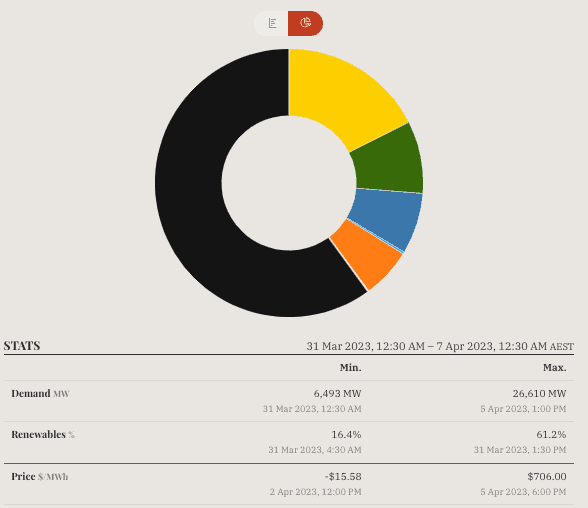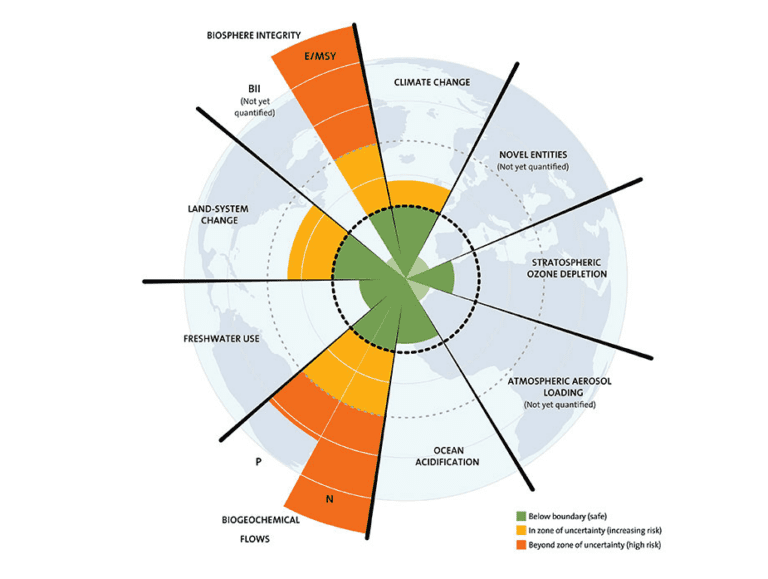The Emergence of Renewable Energy and Solar Power
Renewable energy has always had an appealing ring to it. What’s not to like about a product that continually regenerates energy over and over, day in day out over its lifetime. Since joining the industry in 2010, riding on the solar coaster has certainly had its fair share of up and downs. From annual cycles that follow the season, the calendar year up to the crazy Christmas rush, and the financial year (July-June here in Australia) there is no shortage of energy.
Renewable energy has become an increasingly important topic in recent years, as the world looks for ways to reduce its reliance on fossil fuels and combat climate change. One of the best sources of renewable energy is solar power, which has seen a rapid emergence and growth in recent years. In this blog post, we will explore the emergence of renewable energy with a focus on solar power.
The Emergence of Renewable Energy
The emergence of renewable energy can be traced back to the 1970s, when the oil crisis led to a search for alternative sources of energy. The focus at that time was primarily on wind and hydroelectric power. However, it wasn’t until the 1990s that solar power started to gain traction as a viable source of renewable energy.
One of the key factors driving the emergence of renewable energy has been the increasing awareness of the negative impacts of climate change. As more and more people become aware of the environmental and social impacts of burning fossil fuels, there has been a growing demand for cleaner sources of energy. Additionally, advances in technology have made renewable energy more efficient and cost-effective, further driving its emergence.
An example of how cheap renewable energy has become can be seen in the Australian National Energy Market (NEM) data, which is publicly available to view via the following link: https://opennem.org.au/energy/nem/?range=7d&interval=30m

Opennem.org.au is a website that shows energy flows in the NEM including Consumption data and Generation data across all sources of energy. Over the last 7 days, 31 March 2023 – 7 April 2023, renewable energy sources accounted for 33.6% of the energy mix generating 1,281 GWh of energy just from renewables. The balance is produced through fossil fuels including coal and gas facilities.
Looking at each energy source category and the average cost per MWh:
- Solar was $67.35
- Wind was $115.85
- Hydro was $141.29
- Gas was $146.68
- Coal was $119.45

The cheapest energy source was from solar power generators which is a combination of rooftop solar and utility scale solar power plants. You can see on the graph showing the price $/MWh over the course of the week being reviewed, is the daytime value of energy during the daytime is significantly lower than the evening and nighttime energy.
The stats show us the lowest cost of energy on the NEM during the week was on the 2nd of April at 12 PM midday with a negative price value of -$15.58 p/MWh when solar contributed to 52.4% of the NEM energy mix. Conversely the highest cost of energy was on the 5th of April at 6pm at value of $706.00 p/MWh when coal was providing the 60.7% of the energy mix, gas 16.2% and solar was only contributing to 1.4% of the energy mix in the NEM.

The final point on this particular set of data for the week or 7 days from the 31st March 2023 – 7th April 2023, is the demand for energy. The minimum demand of 6,493MWh was on March 31st at 12:30am. The maximum demand of 26,610MWh was on the 5th of April at 1:00pm and renewable energy made up 57% of the energy mix and the average cost of energy across all sources was $67.45 p/MWh.
What this highlights is the low cost of renewable energy in 2023 as well as the relevance of solar generation in the renewable energy mix to help supply energy during times of peak energy demand.
The Growth of Solar Power
Solar power has seen rapid growth in recent years, as improvements in technology have made it more efficient and cost-effective. The cost of solar panels has decreased significantly, making it more accessible to a wider range of people and businesses. In fact, solar power has become the cheapest source of energy in many parts of the world, making it an attractive option for both developed and developing countries.
The growth of solar power has also been driven by government incentives and policies. Many governments around the world have implemented policies to encourage the adoption of renewable energy, such as tax credits, feed-in tariffs, and renewable portfolio standards. These policies have helped to spur investment in solar power and make it more competitive with traditional sources of energy.
Benefits of Solar Power
There are many benefits to using solar power as a source of renewable energy. Perhaps the most significant benefit is its potential to reduce greenhouse gas emissions and combat climate change. Solar power is a clean, renewable source of energy that does not produce any harmful emissions. Additionally, it is abundant across all areas of the globe, making solar power a promising source of energy for the future.
Solar power also has the potential to create jobs and boost economic growth. As the solar industry grows, it creates new jobs in manufacturing, installation, and maintenance. Additionally, solar power can help to reduce energy costs for businesses and households, freeing up money for other expenses. There are financial products that enable home owners and business owners alike to spend zero dollars upfront and pay for the solar installation through energy savings.
Conclusion
The emergence of renewable energy, and solar power in particular, represents a promising step towards a more sustainable future. As technology continues to improve and government policies continue to support the adoption of renewable energy, we can expect to see continued growth in the solar industry.
This growth has the potential to not only reduce greenhouse gas emissions and combat climate change, but also create jobs and boost economic growth. I for one will continue to help drive this change from the front to help ensure our children have a brighter future ahead.




